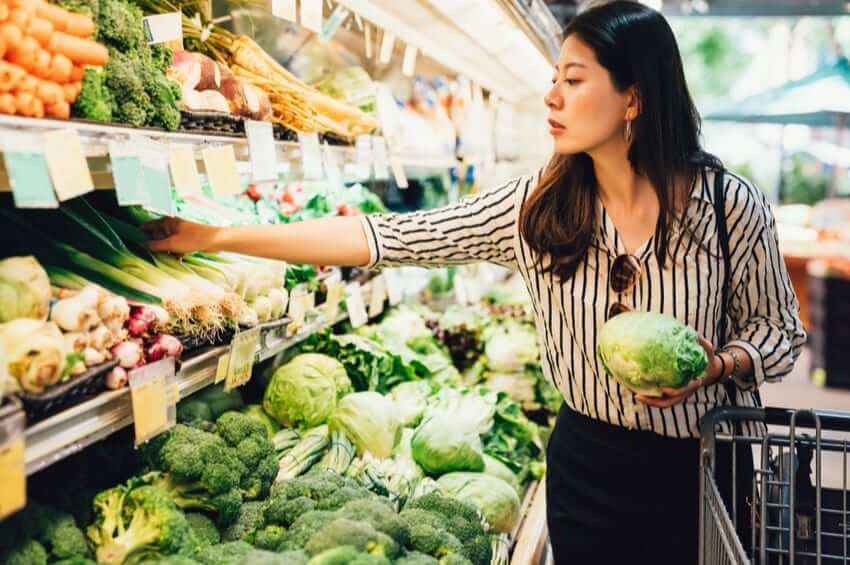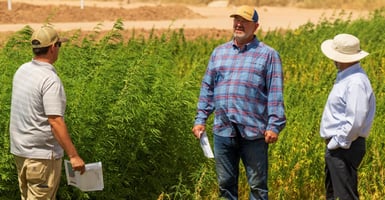Americans are consuming ever-larger amounts of imported fruits, vegetables, wine, alcohol, coffee,...
Fruit and Vegetable Purchases Remain Strong in a Post-Pandemic World

As the nation continued to navigate a pandemic world, produce sales remained steady, with most consumers buying into healthy options as months of virus-induced worry stretched on. Supply chain issues and worker shortages may have had a local and regional effect, but overall interest in fresh fruits and vegetables is just as strong as it was pre-pandemic.
According to data gathered in Fresh Trends 2022, three-quarters of shoppers reported eating fresh fruits in the past year, and 73% reported eating fresh vegetables. Options such as frozen fruits and vegetables were much less popular.
Cost clearly factors into these decisions. Nearly 8 in 10 consumers (79%) said they thought they were paying more for fresh fruits and vegetables than they did last year. Most (59%) estimated they were paying from 1% to 24% more for fresh produce. The rising costs of the pandemic are slowly seeping into consumers’ mindsets, although that doesn’t mean people always buy exactly what they want.
According to the survey, slightly more than one-third of shoppers (36%) said they prefer to buy what is healthy and do so when they can get a good deal. However, 30% of shoppers said they only buy what they can afford, and 15% said it’s often too expensive so they rarely purchase healthy items. Buying products on sale and selecting store brands were two of the top ways consumers were able to afford more.
More shoppers are eating at home, driving demand in grocery store trips. Nearly half of respondents to Fresh Trends 2022 said that they ate at home more often than before, and 29% said they bought fewer prepared foods and more fresh foods over the past year.

Income, along with age and ethnicity, stand out as the prime factors in determining a produce purchase when analyzing the whole picture. For most commodities, consumers earning $100,000 or more were most likely to buy fresh fruits and vegetables. In contrast, shoppers in the lowest income bracket (earning less than $25,000 annually) were among the least likely to buy overall, and it’s certain that rising prices with the COVID-19 pandemic will not make it any easier for these consumers to purchase produce. While these shoppers typically select basic items such as bananas, potatoes, onions and strawberries, specialty items are more out of reach.
Read the entire 2022 Fresh Trends digital edition here.
Editor’s Take:
Good news for the fruit and vegetable farmers across the U.S. It is also good that people are trending towards a healthier diet that contains fruits and vegetables as part of their on-going food choices. Fruits and vegetables are impacted by income, so it will be interesting to see what happens to consumption if food prices continue to escalate. There are already telltale signs that consumers are changing their purchasing habits because of the historically high inflation rates in the U.S.








